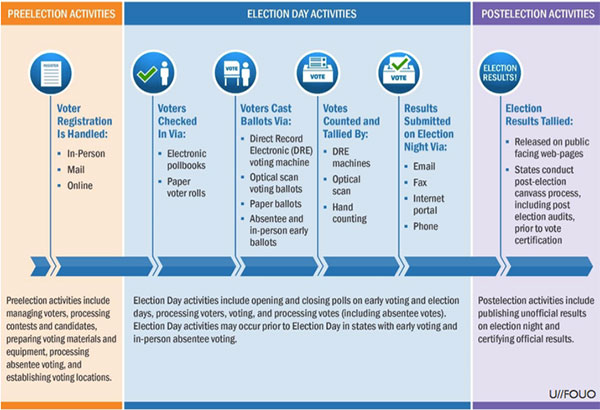It is rather humorous at this point in the process as John Podesta, the Hillary campaign architect says he is not sure any of the releases are authentic. Then Hillary and the government says that the hacks are authentic and Russia is the culprit hacker. Then often, including the second debate, Donald Trump says no one can prove it is Russia and further, there may be no hack. Sigh…all of them are misguiding the American voters with the exception of the Office of Director of National Intelligence, it IS Russia.
So we have a whole campaign season for the White House that is riddled with government agencies, hackers and dinner date types in media.
WikiLeaks on Monday published 2,000 new documents that it claims were stolen from the email files of the chairman of Hillary Clinton campaign, shortly after the U.S. government linked the anti-secrecy group to Russian hackers.
The 2,086 emails of John Podesta’s posted to WikiLeaks’ website on Monday follow a similarly sized batch of messages released on Friday evening.
The messages date from as recently as this year, and include several discussions about campaign tactics and updates, as well as spam messages. The cache of emails released on Friday included what appeared to be portions of controversial speeches Clinton gave to major banks.
In one of the newly released emails, opinion writer Brent Budowsky, who writes a column for The Hill, told Podesta that the Clinton campaign was giving prominence to discussion about President Bill Clinton’s extramarital affairs by trying to limit his media exposure.
“I had a multi-email exchange with someone in the media this morning—a name you would know—who is telling me that there are people close to the Clintons who says WJC’s sex life could be damaging to her,” Budowsky wrote, referring to Bill Clinton. More here from The Hill.
So all politicians have their favorites and for Democrats, they are called ‘friendly media;. Those media types are from various outlets, after all, most of the time the stories are shopped while others are purposely planted.
Hacked: Clinton campaign worked with NYT reporter behind scenes
FNC: Internal documents made public on Sunday revealed a reporter for the New York Times working with Democratic officials to promote Hillary Clinton’s presidential candidacy, with party apparatchiks saying she has “never disappointed” them.
The January 2015 document centering on Clinton’s media strategy, released by the hacker known as Guccifer 2.0, was describing Maggie Haberman, who worked for Politico but who moved to the Times that month.
“We are all in agreement that the time is right [to] place a story with a friendly journalist in the coming days that positions us a little more transparently while achieving [our] goals,” said the memo, which was first published by The Intercept.
“We have [had] a very good relationship with Maggie Haberman of Politico over the last year,” the unsigned document noted. “We have had her tee up stories for us before and have never been disappointed. While we should have a larger conversation in the near future about a broader strategy for reengaging the beat press the covers HRC, for this we think we can achieve our objective and do the most shaping by going to Maggie.”
The Intercept reported that metadata pointed to Nick Merrill, the campaign’s press secretary, as the document’s author. It is unclear which party apparatus Guccifer purportedly hacked in order to obtain the document. Guccifer is the same persona that took credit for breaches of the Democratic National Committee and Democratic Congressional Campaign Committee over the summer.
Read more on WashingtonExaminer.com


